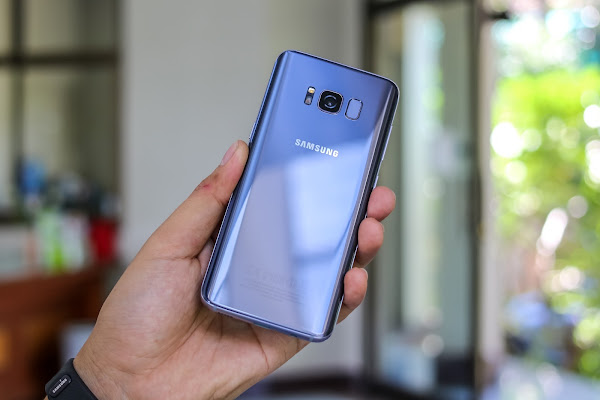When people upgrade their phones, laptops, or tablets, the old devices often end up in trade-in programs or at electronic waste collection points. But what happens to the personal information stored on those devices after they leave your hands? The answer is more complicated than many assume.
Resale programs and secure erasure
Companies that refurbish and resell electronics usually follow structured procedures to protect customer data. Devices that are still functional and have resale value are wiped using certified erasure software, designed to make data permanently inaccessible. This process typically produces a digital certificate confirming that the wipe was completed. Devices that cannot be repaired or reused are diverted to recycling instead.
Recycling centres and hidden risks
Collection centres that process large volumes of e-waste follow a different model. Devices are first sorted and stripped of hazardous parts such as batteries, before being fed into shredders that break down the materials for recovery. While this may sound final, experts point out that the chain of custody for individual devices is not always secure. In the past, some recyclers offered on-site data destruction services, but these programs were scaled back due to high operating costs.
Although the risk of someone recovering data from shredded parts is very low, it is not entirely impossible. The cost of reconstructing files often outweighs the potential value of the data, but individuals who store sensitive information may still face exposure if devices are not properly erased before recycling.
Factory reset: not a full solution
Many users believe that deleting files or performing a factory reset provides sufficient protection. However, a reset often only clears visible settings and does not necessarily erase underlying data. Depending on the device, fragments of information such as banking details, personal messages, or login credentials can still be retrieved by someone with technical expertise.
Steps you can take before disposal
Security experts recommend that users take precautions themselves rather than relying solely on resellers or recyclers. Before handing over a device:
1. Back up essential files and remove linked accounts.
2. Take out SIM cards and memory cards.
3. Encrypt the device to make any remaining data unreadable.
4. Use secure-erase software or request an erasure certificate if trading in.
5. For highly sensitive information, consider physically destroying the storage drive instead of recycling.
Not every device poses the same risk. For routine personal use, secure erasure and responsible recycling are usually sufficient. For devices holding highly confidential or financial data, stronger measures are advisable. But experts also warn against avoiding recycling altogether. Keeping outdated electronics at home or in storage carries its own risks, as devices can still be stolen or accessed.
Ultimately, safeguarding personal information before disposal is the responsibility of the user. Taking a few extra steps now can protect your privacy while ensuring devices are recycled responsibly.










.jpg)




